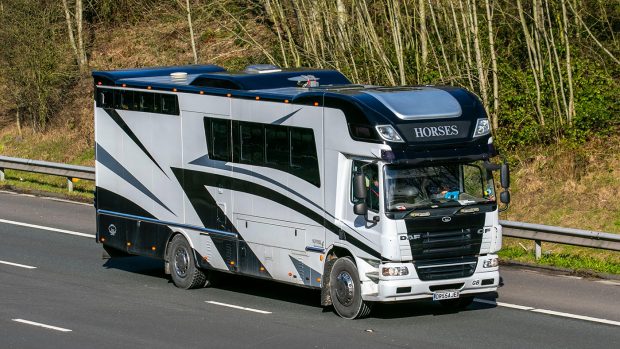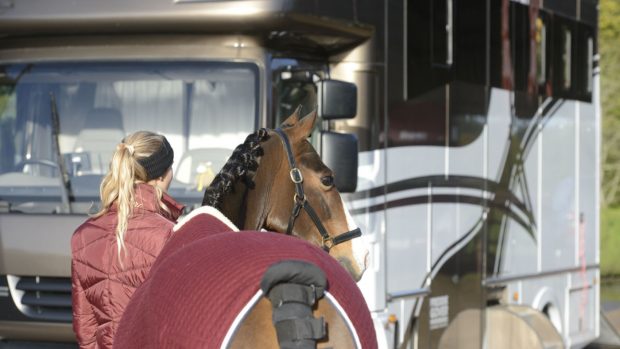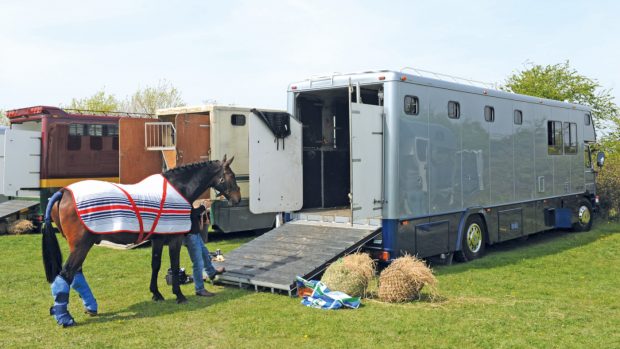More articles on horseboxes
View horseboxes for sale
Q: I have recently gained my BHSAI qualification and am interested in taking my HGV test. What training is required and how much practice would I need?
SL, Staffordshire
According to Nick Allen, managing director of vehicle training provider Fresh Logic, the heavy goods vehicle (HGV — now correctly referred to as long goods vehicle, or LGV) driving test is broken down into sections.
The four components:
• Show/tell me questions
• Reversing exercise
• Braking exercise (controlled stop)
• The road drive
“Depending on when you passed your car test, you may also have to take a classroom theory test,” said Nick.
“The show/tell me questions are given at the start of the test, and you will be asked around six questions for a rigid [category C] vehicle. The question bank can be viewed at the Driving Standards Agency (DSA) website.
“Reversing is carried out at a DSA test centre, aiming to demonstrate good vehicle control while reversing left and right into a simulated loading bay, before stopping,” he explained.
“The braking exercise or controlled stop is carried out from the reversing bay; the vehicle is driven to a speed of 20mph and, upon reaching a marked point, is brought quickly to a controlled stop within its own length.”
The road drive lasts between 60 and 90 minutes and the examiner looks for correct use of mirrors, gears, accelerator, clutch, brakes (including parking brake) and speed.
“The general rule is to drive at a safe speed, suitable to the road conditions, doing the allowed speed where safe,” said Nick. “Watch road signs and be aware of their information.
“Occasionally, the examiner will ask you to stop in a safe place, to ensure the correct pulling away procedures are carried out.
“This can be a mixture of level, uphill and downhill starts, or an angled start — such as pulling away from behind a parked vehicle.”
Many people fail the pulling away procedure, so it should be well practised.
The key steps are:
• Check mirrors, then select appropriate gear
• Check mirrors; indicate when safe
• Blind-spot check in the left mirror, then check the rear “blind” areas out of the driver’s window
• Look forward, release the parking brake and pull away, checking left and right mirrors
Candidates must also have a medical before their course and test.
“The examination assesses general physical condition and mobility, eyesight, diabetes and blood pressure and it is normally available from your GP for a fee,” said Nick.
Costs
HGV training at a DSA-accredited school costs around £1,200 including the practical driving test.
This price is usually for a five-day course with the test on the final day but does not include other tests required before training begins, such as the medical and theory/hazard.
Information
Fresh Logic, tel: 01869 365 796 www.freshlogic.co.uk
Show/tell me questions available at: www.dsa.gov.uk
This article was first published in Horse & Hound (17 December, ’09)
Looking for more articles on horseboxes?
View horseboxes for sale near you




